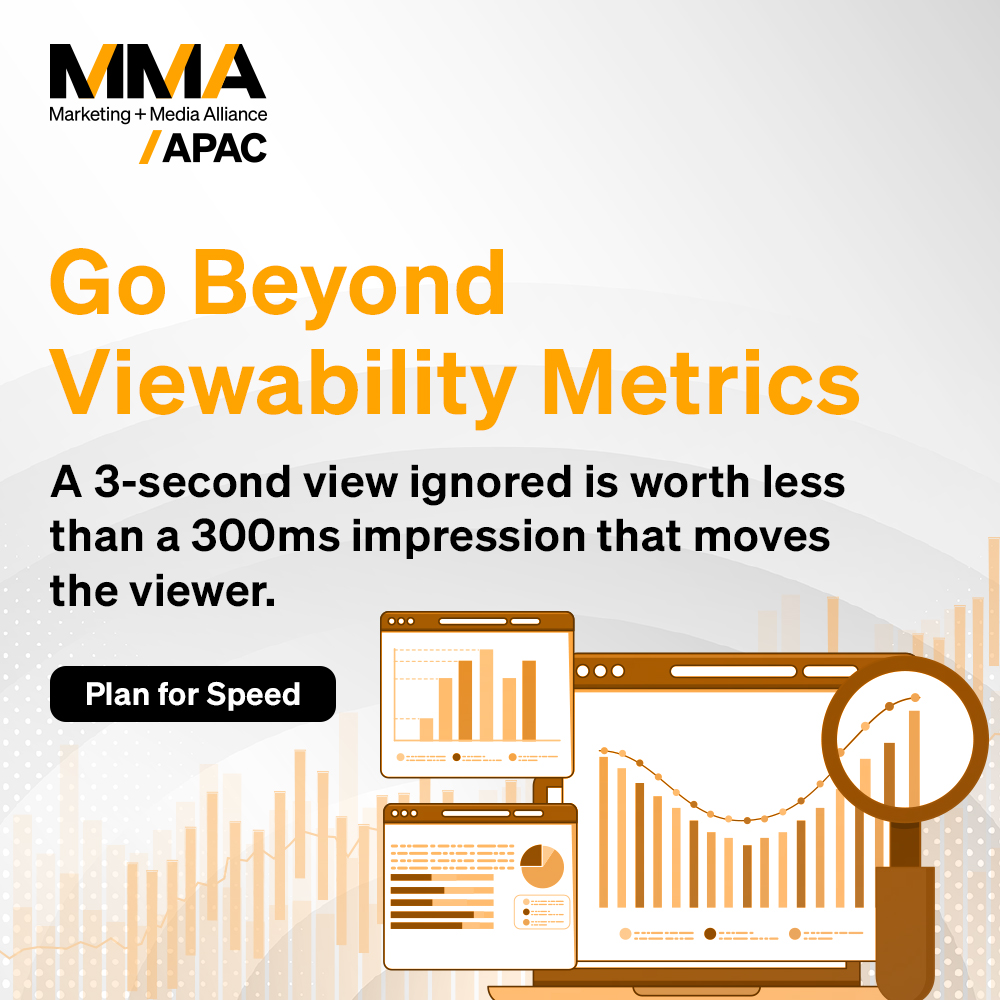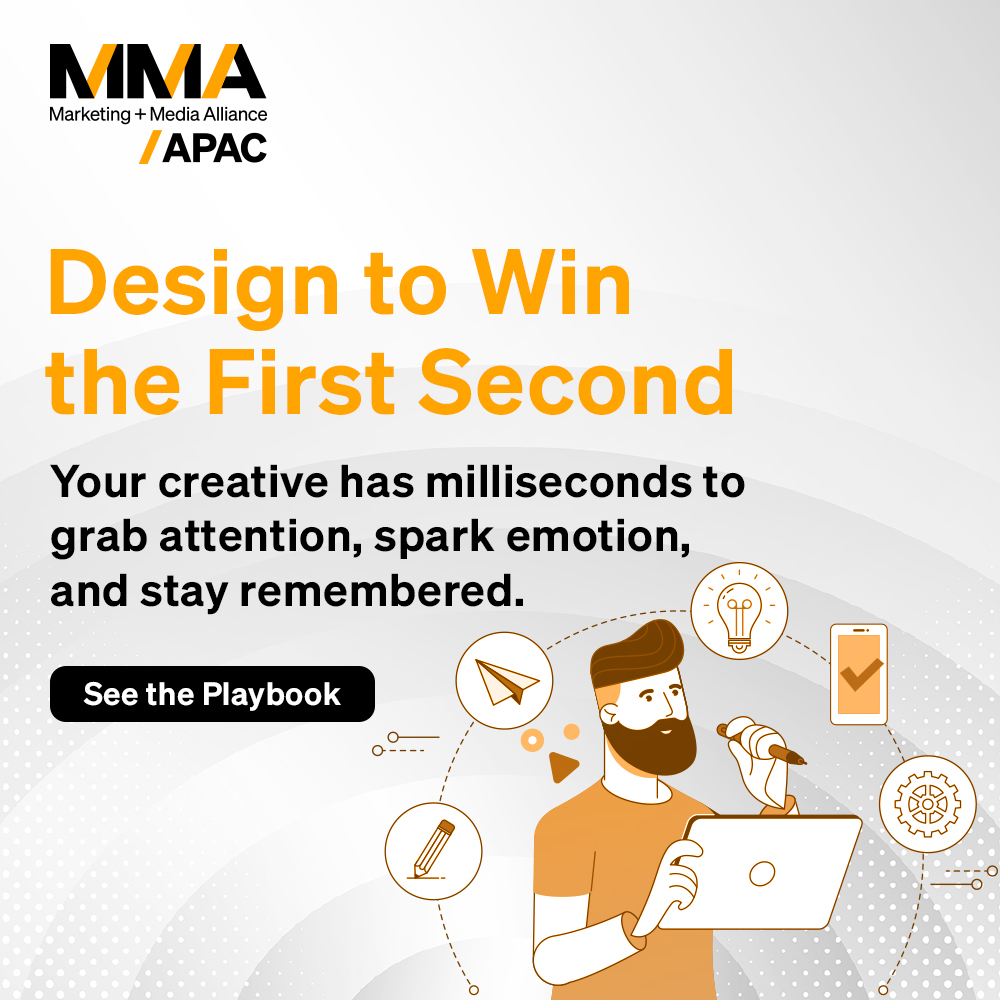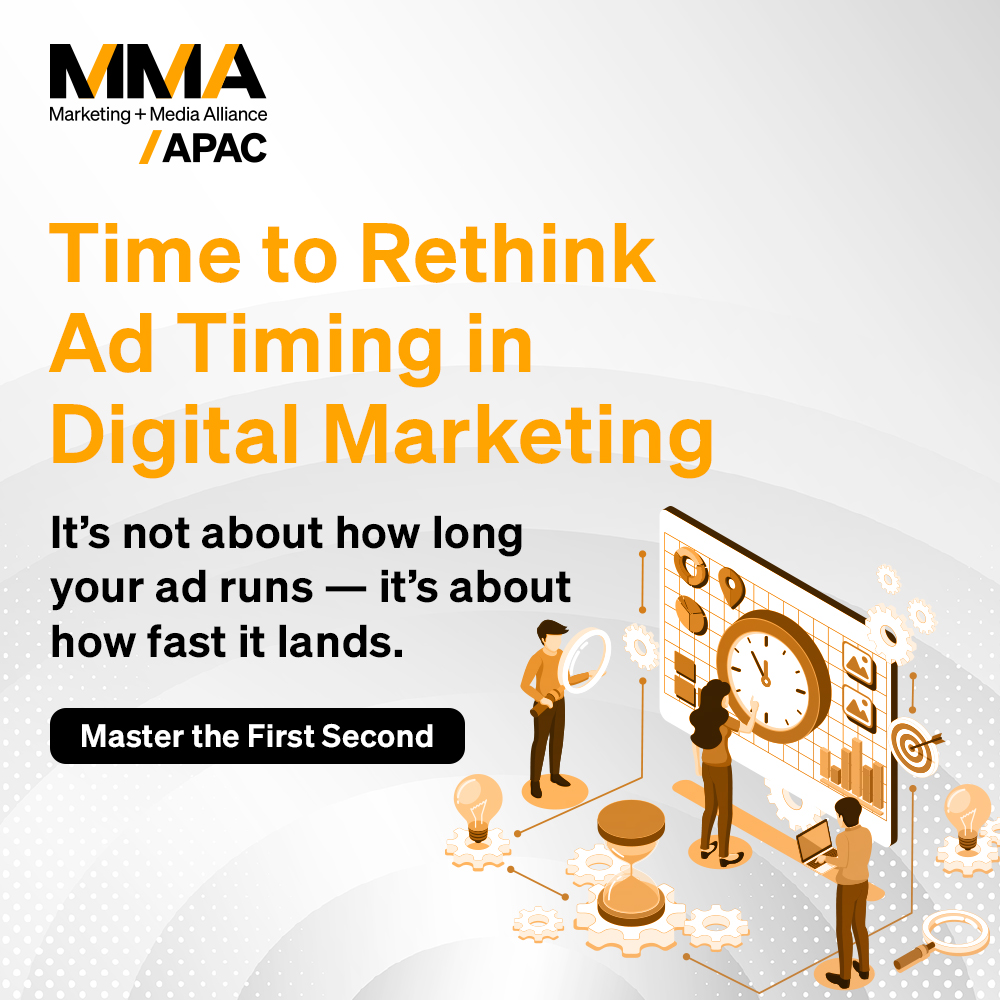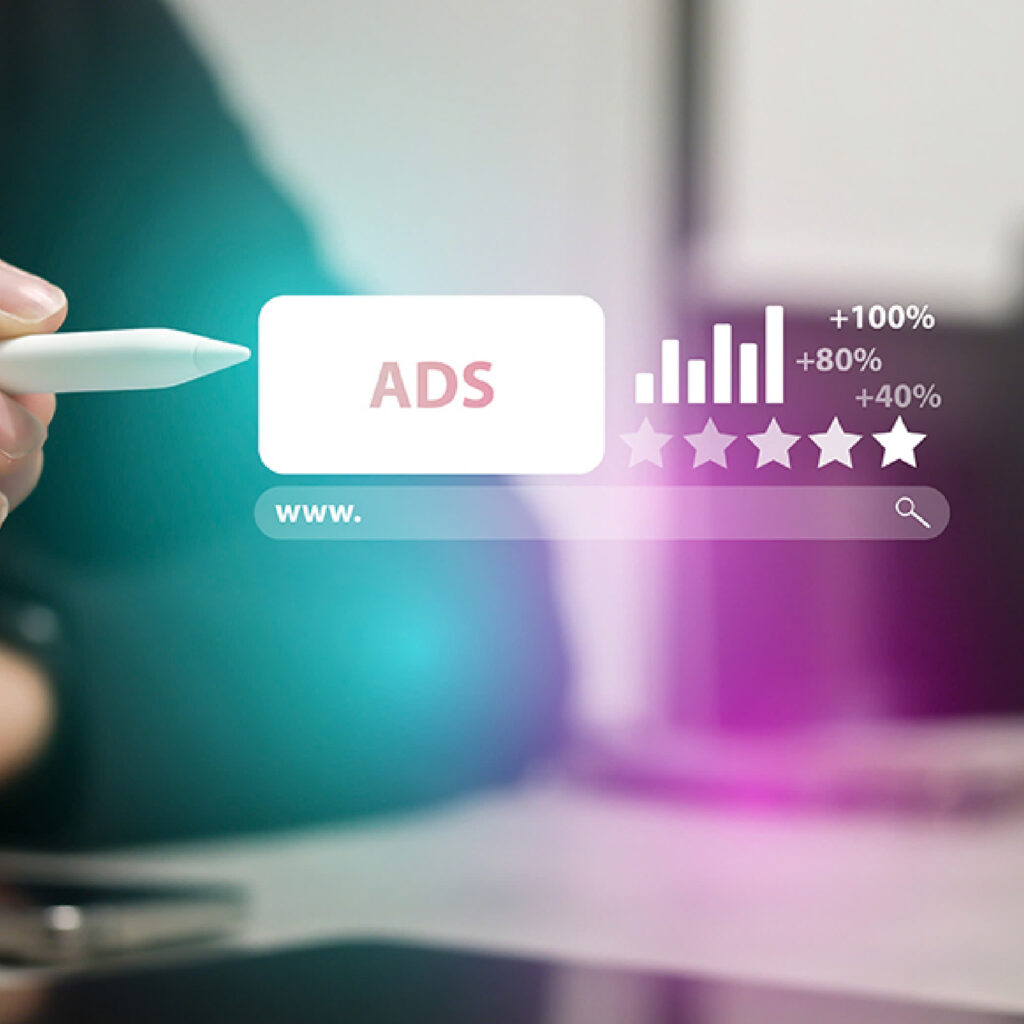When marketers plan campaigns, they often think in time blocks. A 30-second TV spot. A 15-second pre-roll. A 6-second bumper. But new neuroscience research from the Mobile Marketing Association (MMA) reveals that these timeframes may already be outdated. In today’s mobile-first world, advertisers don’t have the luxury of seconds to make an impression. They have milliseconds.
Recent research, conducted in collaboration with Neurons Inc. and The Advertising Research Foundation (ARF), found that the human brain begins to recognize and process mobile ads in just 400 milliseconds. That is less than half a second. And by 700 milliseconds, viewers have often formed an emotional response: positive or negative.
This discovery has massive implications for how we design and deliver digital advertising. Marketers must shift from thinking about how long an ad runs to how quickly it delivers value.
The Science Behind the First Second
The MMA’s Cognition Research Project set out to measure the real opportunity advertisers have to grab consumer attention. Using eye tracking and EEG brain monitoring, the study tested how long ads need to appear on screen before being seen and cognitively processed.
The results were striking:
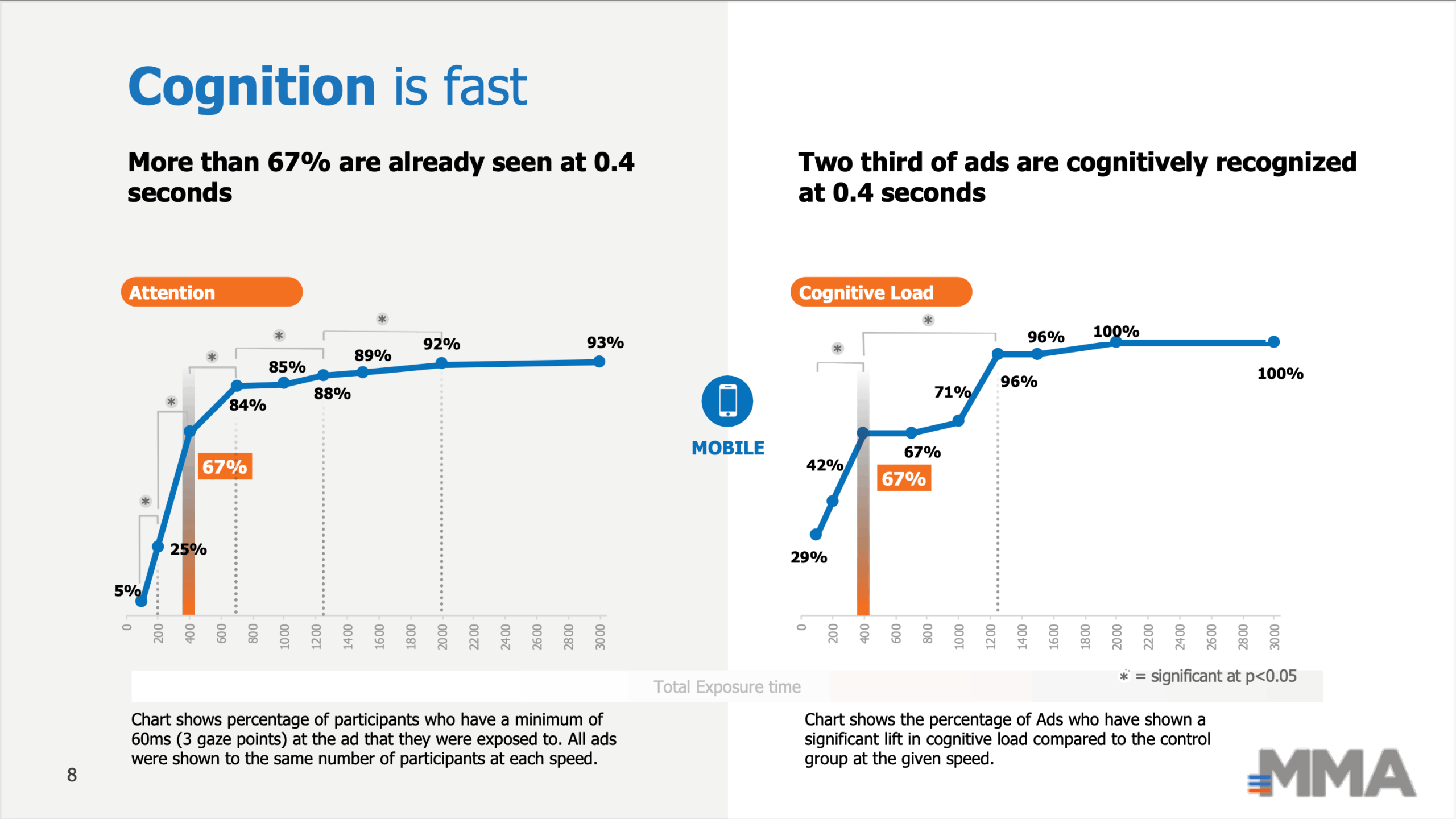
(Source: FROM A BLINK TO AN IMPRINT, TO A HEARTBEAT.)
- 67% of mobile ads were cognitively recognized at 0.4 seconds
- Emotional reactions began to form in under 0.7 seconds (MMA, 2019)
- Ads that failed to connect in the first second often generated negative emotional responses (MMA, 2019)
- Mobile ads significantly outperformed desktop in speed of recognition and intensity of engagement (Attention and Cognitive Process in Mobile report, 2019)
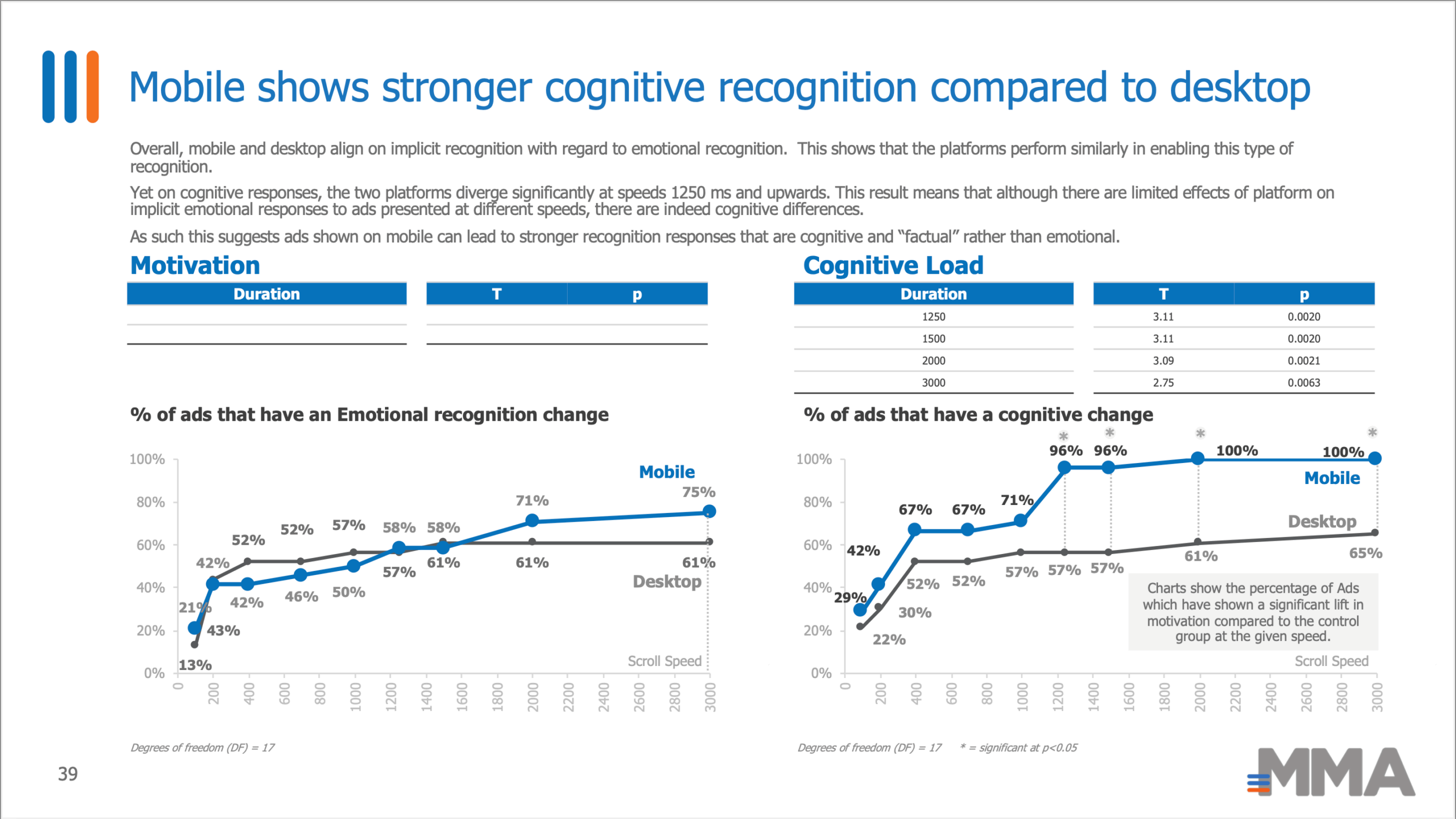
To put this in perspective, by the time someone blinks, they have already seen and mentally registered a mobile ad. By the time it takes for a heartbeat, they have likely decided whether they like or dislike it.
This suggests that first impressions are not just important. They are everything.
Why Marketers Must Rethink Their Approach
For decades, the ad industry has operated on the assumption that more time equals more impact. Longer exposures meant more message absorption, more brand recall, and higher conversion. But the MMA research challenges that assumption.
Marketers can no longer afford to focus only on the 15-second or 30-second cut. Instead, they need to focus on what happens in the very first second.
That means rethinking both creative and media strategies for mobile marketing. A longer ad will not save a weak start. Once the brain has made a negative judgment, recovery is unlikely. Conversely, a powerful start can make even a short exposure drive results.
How to Win the First Second
So what does a winning ad look like in the first 400 milliseconds? The research identifies key creative techniques that help brands succeed in this high-speed environment:
- Use contrast and strong visuals
High contrast, vibrant colors, and visually dense imagery can grab attention faster. But avoid clutter. Simplicity improves decoding.
- Leverage faces and gaze direction
Human faces, especially when making eye contact or looking at a product, drive immediate emotional engagement.
- Tap into motion
Even subtle motion increases perceived energy and emotional impact. Video outperforms static in creating emotional responses early on.
- Activate brand familiarity
Well-known brands have an advantage. Recognition happens faster, and emotional responses tend to be stronger. Use logos and product shots early.
- Design for mobile
Ads should be built specifically for mobile feeds. This includes vertical formats, thumb-stopping visuals, and rapid pacing.
- Keep messages simple and upfront
Consumers do not wait. They process what they see immediately. Place the key value proposition or brand cue in the first frame.
What This Means for Media Buying
This research also has major implications for how media impressions are valued. Traditional viewability standards require an ad to be on screen for at least one or two seconds. But the MMA study shows that valuable cognitive engagement can happen even in sub-second exposures.
Marketers should start pushing for new buying models that recognize the value of high-velocity impressions. An impression that is seen and processed in under one second may be far more effective than one that lingers but is ignored.
This opens the door for more efficient campaigns that focus on quality of exposure rather than just quantity of time.
The Future Belongs to Brands That Move Fast
This isn’t about abandoning 15-second or 30-second formats. It’s about making sure they are optimized from the very first frame. The first second is not a warm-up, it is the main event.
Winning the first second means:
- Creating ads that instantly connect
- Making every millisecond count
- Designing with cognitive speed in mind
In a world where attention is fragmented and fleeting, speed is the new currency of effectiveness.
The brands that adapt to this new reality of mobile marketing, and build strategies that respect the power of the first second will be the ones that thrive in the battle of attention.
Sources and Further Reading
- Mobile Marketing Association. (2019). First Second Strategy Executive Summary.
- Neurons Inc. (2019). Cognition Research Report Final.
- (2019). Members Only – First Second Strategy Report.
- (2019). The Findings: Why Attention Must Be Earned, Not Bought.
- (2019). Press Release: Brands Need a First Second Strategy. Link













